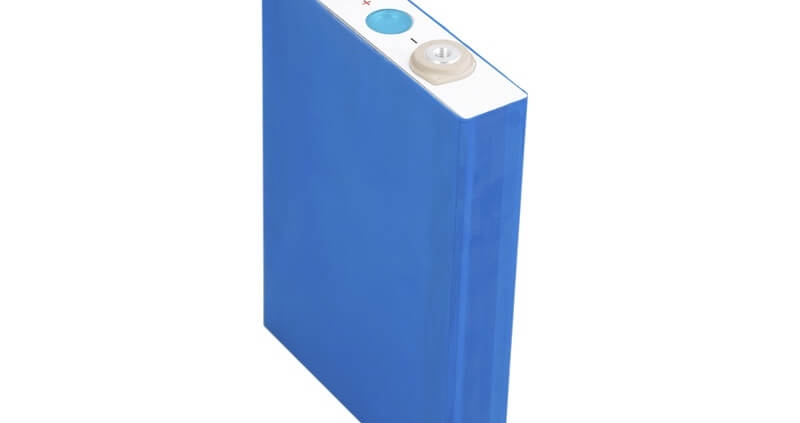Comparing LiFePO4, LiPo, and Li-ion Batteries
/in News /by administratorLiFePO4, LiPo (Lithium Polymer), and Li-ion (Lithium-ion) batteries are all types of rechargeable lithium-based batteries, each with its own set of characteristics and applications. Here’s a comparison of these three battery types:
Chemistry:
- LiFePO4: Lithium Iron Phosphate batteries use lithium iron phosphate as the cathode material. They are known for their stability, safety, and long cycle life. LiFePO4 batteries have a lower energy density compared to other lithium-ion chemistries but offer improved thermal and chemical stability.
- LiPo: Lithium Polymer batteries utilize a different electrolyte formulation compared to traditional Li-ion batteries. They are known for their high energy density and lightweight characteristics. LiPo batteries are commonly used in applications where space and weight are critical factors, such as drones, radio-controlled vehicles, and portable electronic devices.
- Li-ion: Lithium-ion batteries are the most common type of rechargeable batteries and come in various chemistries, including lithium cobalt oxide (LiCoO2), lithium manganese oxide (LiMn2O4), and lithium nickel manganese cobalt oxide (LiNiMnCoO2). Li-ion batteries offer a balance between energy density, power output, and cost, making them suitable for a wide range of applications, including smartphones, laptops, and electric vehicles.
Energy Density:
- LiFePO4: LiFePO4 batteries typically have a lower energy density compared to LiPo and some other Li-ion chemistries. This means they may require more physical space to store the same amount of energy.
- LiPo: Lithium Polymer batteries generally offer higher energy density compared to LiFePO4 batteries. They can store more energy in a smaller and lighter package, making them ideal for applications where space and weight are limited.
- Li-ion: Li-ion batteries have a moderate energy density that falls between LiFePO4 and LiPo batteries. They strike a balance between energy storage capacity and physical size, making them versatile for various applications.
Safety and Stability:
- LiFePO4: LiFePO4 batteries are known for their excellent thermal and chemical stability, making them less prone to thermal runaway and fire hazards compared to other lithium-ion chemistries. They are considered safer and more stable, especially in demanding environments.
- LiPo: While LiPo batteries offer high energy density, they are more prone to swelling, overheating, and fire hazards if mishandled or subjected to abusive conditions. Proper care and handling are crucial to mitigate safety risks associated with LiPo batteries.
- Li-ion: Li-ion batteries exhibit moderate safety and stability characteristics. While advancements have been made to improve their safety features, certain chemistries, such as lithium cobalt oxide, are still susceptible to thermal runaway and safety issues under extreme conditions.
LiFePO4, LiPo, and Li-ion batteries each have unique advantages and considerations. LiFePO4 batteries prioritize safety, stability, and longevity, while LiPo batteries offer high energy density and lightweight design. Li-ion batteries strike a balance between energy density, performance, and cost, making them suitable for a wide range of applications. The choice between these battery types depends on specific requirements, such as energy density, safety, size, weight, and cost.



